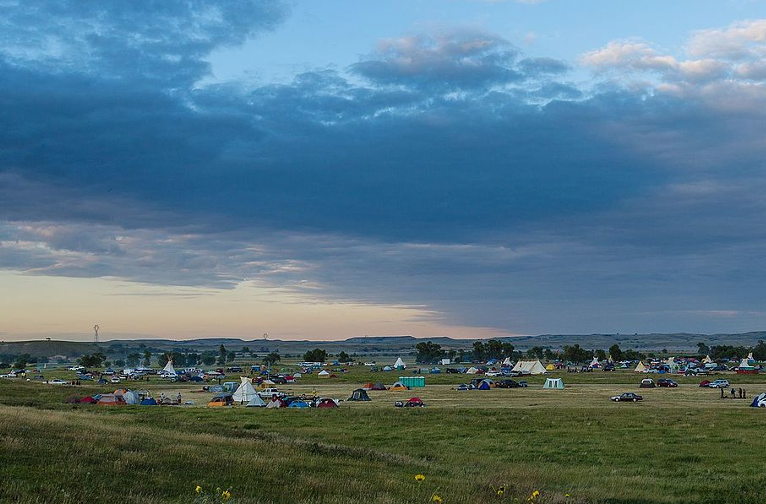In 2004, small indigenous nations living near the Alberta Tar Sands project, the largest unconventional oil extraction effort in the world, began reaching out for help. Not only was the project interfering with their water, fishing, and hunting infrastructure, but rare and unusual cancers were appearing. They contacted policy experts at the National Resources Defense Council (NRDC) in Washington, D.C., who met with them in 2005 and saw photographic documentation of the devastation. These experts began to gather data and to raise awareness in the United States, on whose special refineries the project relied. Experts focused on the unique risks posed by tar sands at every stage of production, including extraction, transportation, and refinement. It wasn’t enough, but without the testimony and photographs supplied by indigenous people, experts would not have noticed for some time.
In 2008, approximately two dozen people from indigenous nations and environmental activist groups met to develop an overall strategy. The groups decided that the most promising activist target was the Keystone XL (KXL) pipeline, proposed by the giant TransCanada (now TC Energy) corporation to move the tar sands to refineries on the Texas Gulf Coast. Stopping the pipeline would rob the Tar Sands project of financial justification…
…click on the above link to read the rest of the article…
